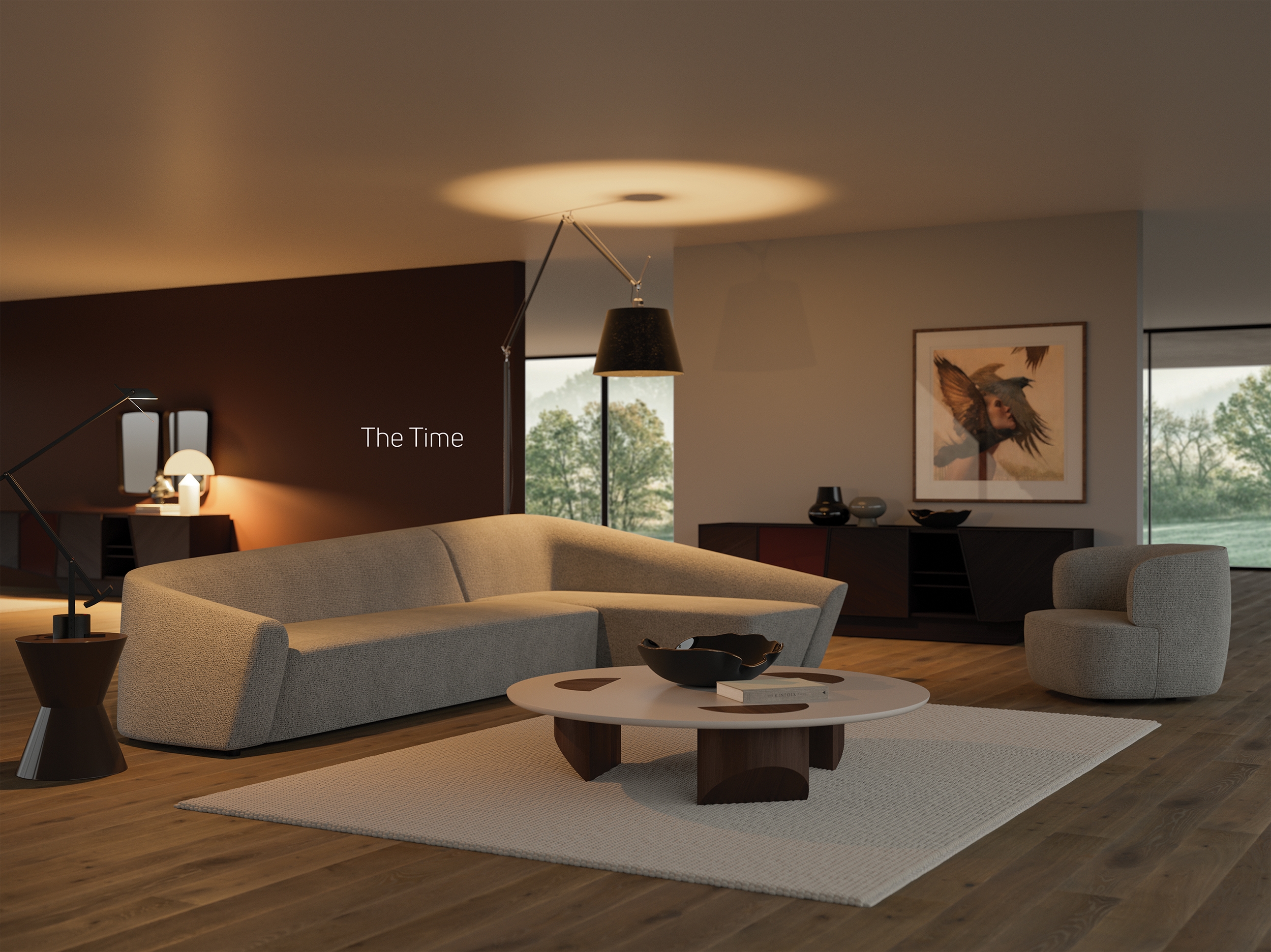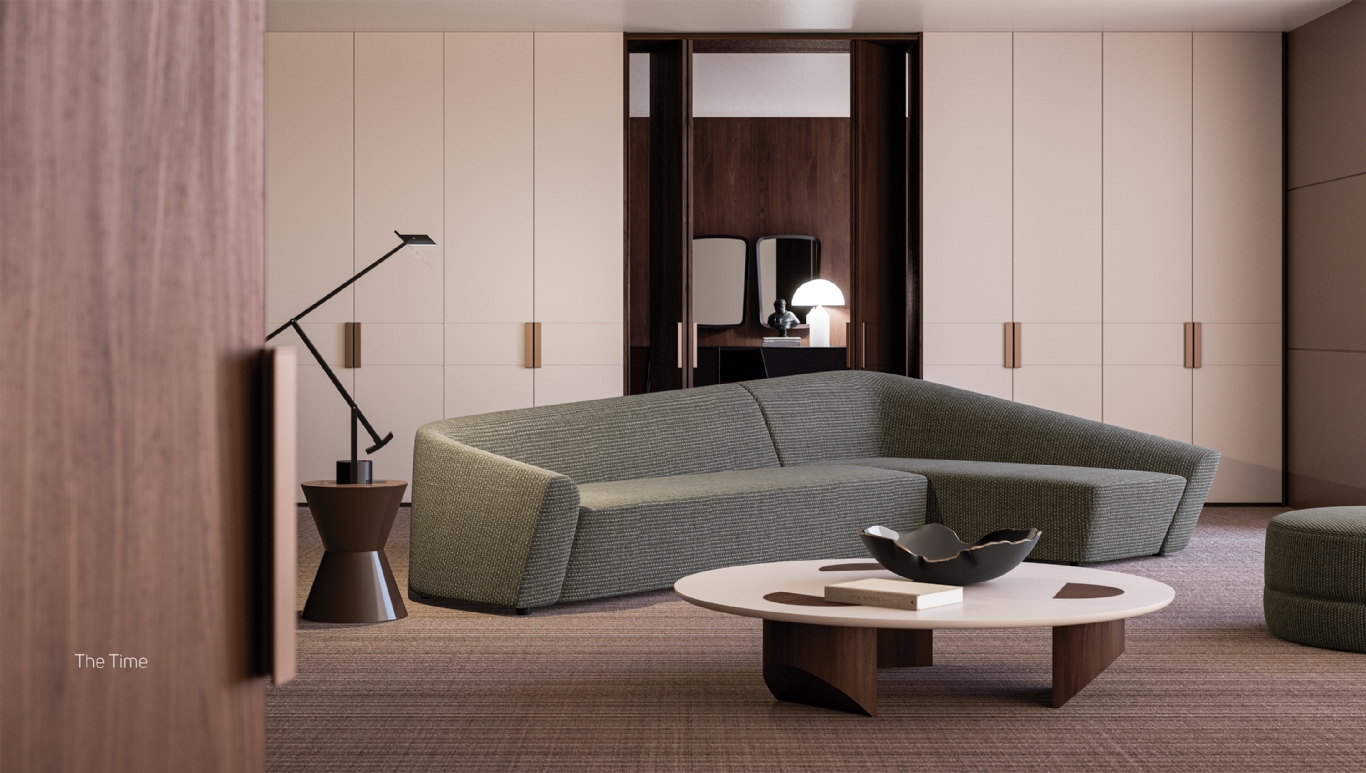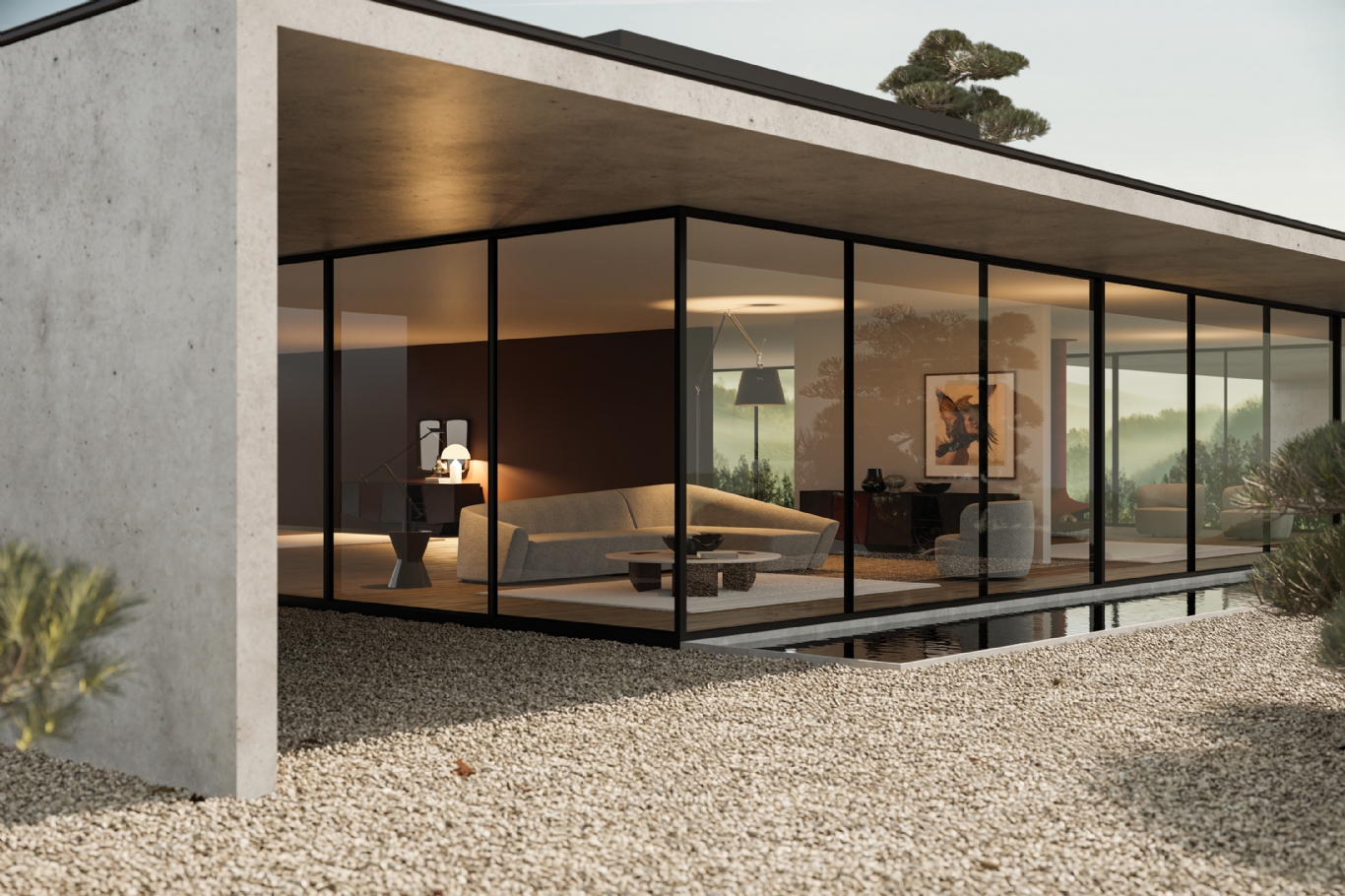The Time
In the canon of Modem architectural history, Loos is revered for both his architecture and his architectural critiques. His writings have been removed from their original contexts, and his architecture has been selectively employed to support this Modernist reading ofhis work. Due to the notoriety of "Ornament and Crime" both during Loos's life and after his death, Loos has been classified, without much consideration, as the father of the Modern Movement. In many ways, Loos was deeply entrenched in the issues of mOdernization, fearing Austria would be left behind in the rapid changes occurring throughout America and Western Europe. The modernization of Vienna through architecture alone was not enough for Loos. His writing extends beyond his concern for the architecture to address issues of plumbing, hygiene, politics, and contemporary dress in Vienna. His writing and his architecture address concerns that Loos felt were facing contemporary Viennese citizens and his articles were intended for the public audience. Along with his allies, Loos took a stand against the forces he saw as slowing their social progress and tried to instill a sense of order and direction for his fellow countrymen.



